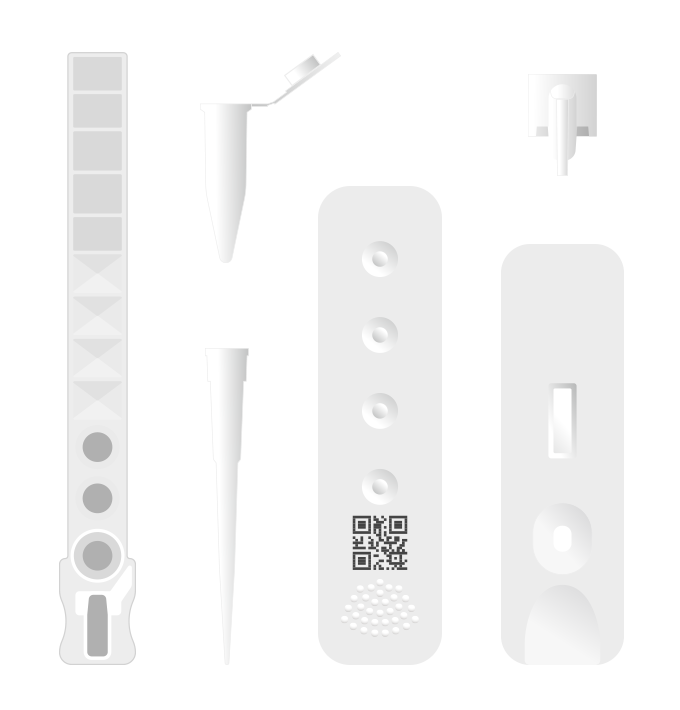Emergency departments today are at a breaking point. With patient volumes climbing and staff stretched thin, long wait times have become the norm rather than the exception. Among the many bottlenecks in ED workflows, delays in laboratory test results, especially Complete Blood Counts (CBCs), can significantly slow down triage and treatment decisions.
But what if this critical step could be completed in under five minutes, right at the patient’s side? Enter point-of-care CBC testing: a powerful tool that’s redefining diagnostic speed and emergency care efficiency.
Why Emergency Department Overcrowding Persists
Emergency departments (EDs) across the globe are under increasing strain. In the United States alone, the average ED wait time to see a physician reached 162 minutes in 2022, up significantly from pre-pandemic years (Business Insider). Crowding is no longer just a patient experience issue; it has become a systemic threat to hospital performance, patient outcomes, and staff morale.
Multiple studies have drawn a straight line between ED overcrowding and increased mortality, treatment delays, and reduced care quality. Contributing factors include staffing shortages, limited inpatient bed availability, and, critically, delays in laboratory diagnostics, which are essential for triaging and diagnosing patients.
The Role of Laboratory Diagnostics in ED Throughput
A cornerstone of emergency medicine is the rapid triage of patients. For those presenting with fever, chest pain, unexplained fatigue, or signs of infection, one of the most common and clinically informative diagnostic tools is the CBC.
However, traditional CBC testing typically requires blood to be drawn and sent to a central lab, where turnaround times can range from 45 minutes to 2 hours, depending on the hospital’s workflow and backlog. When even basic bloodwork is delayed, so too is diagnosis, admission, or discharge.
This bottleneck often leads to prolonged ED stays, bed congestion, and a higher risk of “left without being seen” (LWBS) incidents. Exact numbers vary, with the Centers for Disease Control and Prevention (CDC) stating that over 2% of ED patients leave before being seen, and some studies finding these to be 8.77% of ED visitors (Acta Biomed).
Point-of-Care Testing: A Strategic Solution
Point-of-care (POC) testing has emerged as a practical solution to reduce diagnostic delays. Unlike centralized labs, POC devices enable rapid test results directly at or near the patient’s bedside, often within minutes. In the context of the emergency department, this speed can dramatically improve decision-making and reduce bottlenecks.
A randomized controlled study published in The American Journal of Emergency Medicine showed that implementing POC testing for CBC and electrolytes reduced the median time to medical decision-making by nearly 100 minutes and shortened the total ED length of stay by over 150 minutes (AJEM).
This translates not only into improved patient outcomes but also into more efficient use of clinical staff and physical space, both of which are increasingly scarce resources.






